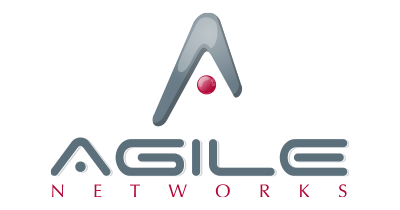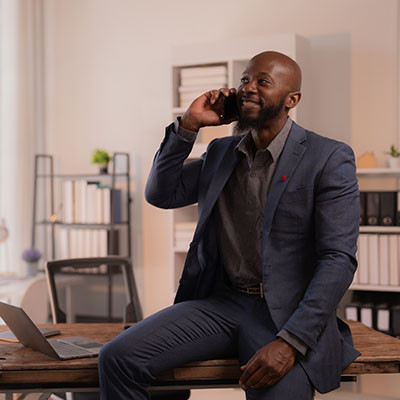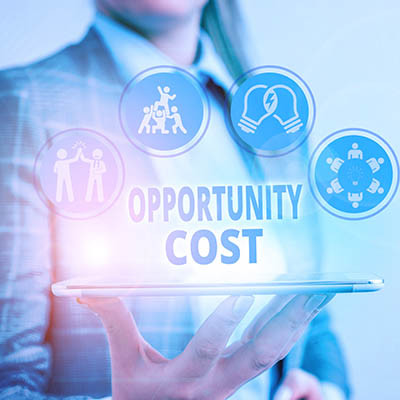Agile Networks Blog
Business owners have a lot of duties and responsibilities, and while you can hire a lot of people to cover some of the more stressful ones, it might feel strange to outsource your company’s technology management. You know IT is important, so that’s why you feel like you have to do it yourself, or at least in-house, but in reality, you’re the last person who should be working with your technology—and we’ll explain why.
There’s a specific stress that comes from the disconnect between the money you invest in your business IT and the value that comes back from it. Sure, you know what the money is being spent on… but that’s a far cry from knowing how these investments are shifting the needle.
Let’s discuss the importance of understanding what your IT is telling you and when you need to demand more information… politely, of course.
With cloud computing, your business has access to tools that fundamentally change the way work takes place. Several of the biggest reasons to adopt the cloud include flexibility, efficiency, and scalability. How are you planning to use the cloud to add or remove resources to your business initiatives as needed? Today, we want to share how scalability works and how your business can fully leverage it with the cloud.
As necessary as it is, business technology tends to be expensive, especially when things go wrong. Historically, these costs took the form of capital expenditures, which meant they were inherently expensive and unpredictable by nature.
This is precisely why it is so important to shift your business IT to an operating expense. Let’s explore why this is the case and how to implement this change.
How long has your workstation been in use? How long does it take to boot up, to access your user profile, to load the documents you need to work on?
It can be extremely tempting to put off any investment into new hardware… after all, it still works, doesn’t it? Well, depending on your answers to the above questions, it might not. Don’t fall into the classic trap of relying on hardware that is simply too old to support your needs. It’s more expensive than you’d think.
Many—we’d go so far as to say most, at some times—businesses have a pretty concrete view of the role that their IT plays in operations: cost center, money pit, necessary evil.
Something we’ve realized, however, is that these impressions are simply warning signs that a business’ technology strategy and approach need some attention. Let’s identify three signs that might be all too familiar to you, and address what can be done to change course and help turn your IT into a contributing part of your overall productivity.
Deals are great, aren’t they? Offering some money and getting more than you’d expect in return… It’s the next best thing to free. It’s also really nice to get something fast.
Not so fast, though. As nice as they can make things seem, “cheap” and “quick” aren’t often synonymous with “effective” or “valuable.” In fact, selecting the presumably easy route regarding your business technology can ultimately lead to bigger problems in the form of something called tech debt.
Nowadays, the average business leans pretty heavily on mobile devices to some degree, particularly as they make business productivity—and thereby, competitiveness—more easily attainable. However, this also makes it essential that a business using mobile devices has a means of managing them effectively.
Let’s explore the concept of mobile device management, and discuss some ways that your business can take advantage of it.
There is a concept known as the iron triangle that provides a simple framework for project management by outlining the balance between your costs, your available time, and the desired quality of your outcome.
Traditionally, the iron triangle helps illustrate how these factors impact each other. Instead, we wanted to take advantage of the principles of the triangle to explore how beneficial it can be to outsource IT services.
The cloud has proven to be an extremely useful tool for the modern business. Not only does it provide anywhere-anytime access to applications, processing, storage, et al; it also delivers those products as a service, allowing you to budget for recurring costs rather than major upfront ones. This provides your organization with functional, supported, and secure computing environments that eliminate a lot of the support costs that traditional computing environments require. It sounds like a perfect scenario for small and large businesses alike, but things aren’t always what they seem, as a lot of cloud users have found that they have incurred several hidden costs by using cloud platforms. Today, we take a look at these hidden costs.
Customer Login
News & Updates
Contact Us
Learn more about what Agile Networks can do for your business.
Agile Networks
705B Moore Industrial Park
Prospect Park, Pennsylvania 19076













